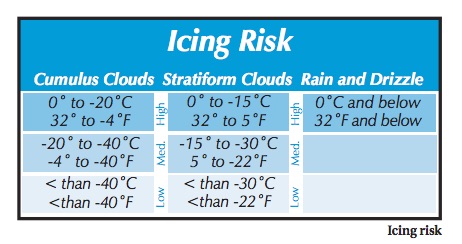What do OAT & ISA temperatures denote? and at which temperature should I start to enable the de-icing features?
ISA stands for International Standard Atmosphere: https://en.m.wikipedia.org/wiki/International_Standard_Atmosphere
OAT stands for Outside Air Temperature: https://en.m.wikipedia.org/wiki/Outside_air_temperature
De-icing should be used in general terms when you have ice forming up. It can be used either before take off or during flight. Anti-icing should normally be used if you suspect you will fly through conditions where icing may form:
Hope it helps,
Thanks for the explanation, so if I understand that correctly, ISA is the standard base temperature at a given altitude, and OAT is the actual temperature that the aircraft’s sensors are reporting.
I’m currently cruising at 26000 feet and it’s reporting:
OAT -32°C
ISA -36°C
I thought because it’s so cold outside I may need to enable the de-icing, but as there’s no sign of icing anywhere, I guess I don’t need to worry about it.
That’s correct. So you are at ISA +4. At that altitude and temperature the air is dry so no anti- or de-icing probably necessary. Maybe if you where to fly through some severe CB or TS cloud tops but you would want to go around them. 
I see what you mean with the clouds increasing the risk, I’d never thought of that before.
Thanks again. 

Thanks for marking a Solution. That will benefit others.
Blue skies,
Icing generally happens when you fly through clouds at -temp. You can go -40 without icing if its clear skys as you need the moisture to actually create water to ice.
At -40 you don’t need any anti-icing / de-icing equipment operating, even in clouds as icing at those temperatures is non-existant. On the other hand you can actually have icing at slightly positive temperatures up to TAT +7C.